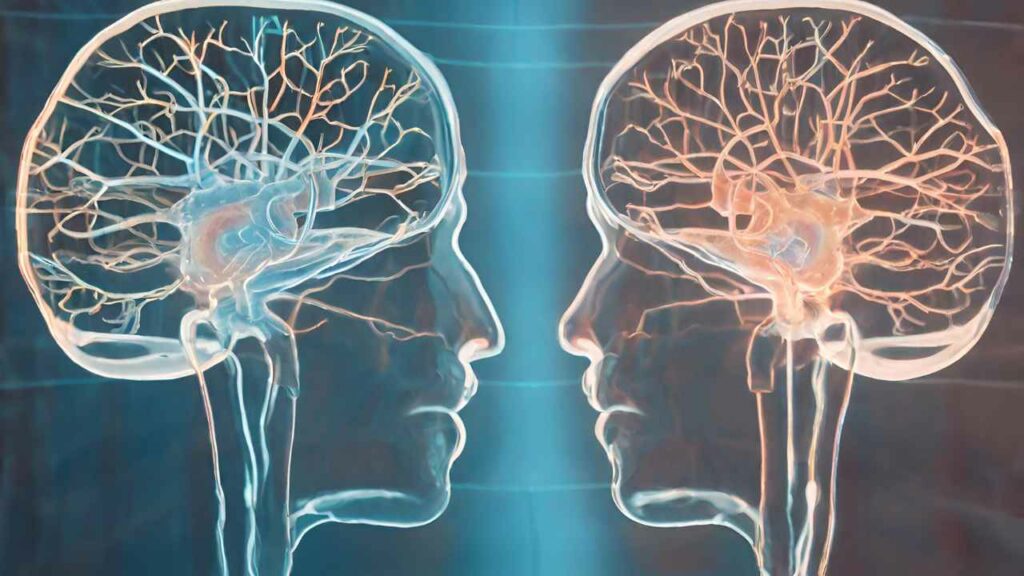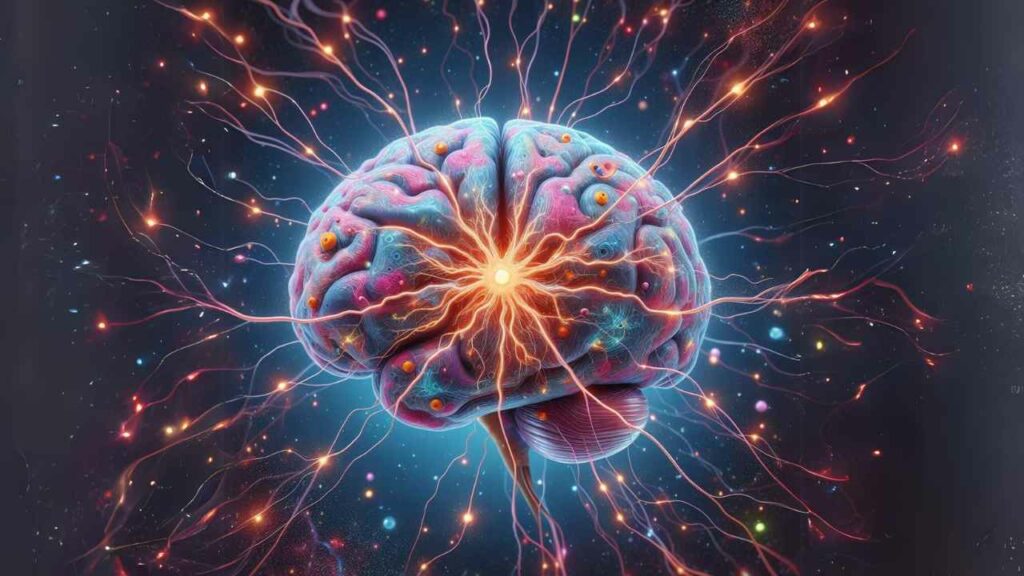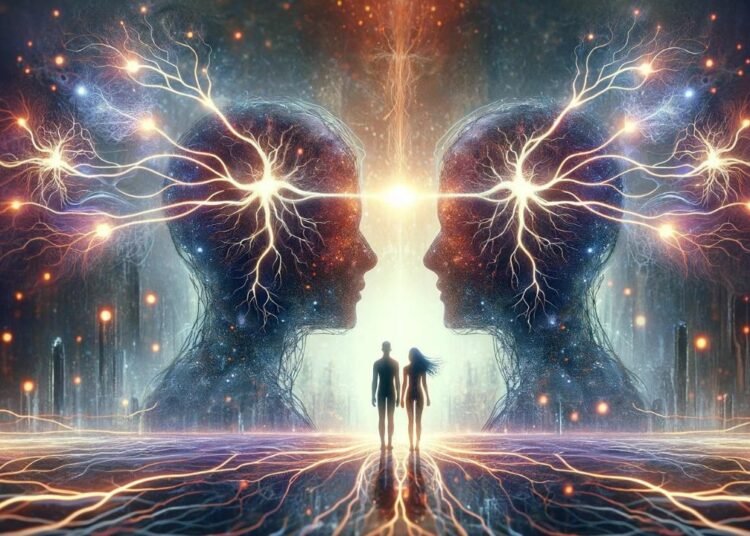Have you ever caught yourself mimicking the gestures of a friend during a conversation, or felt an instant pang of sadness when seeing someone else in distress? This phenomenon, where we see a reflection of ourselves in others, is rooted in a fascinating feature of the brain known as mirror neurons. Let’s delve into the science behind empathy, imitation, and how we understand others’ emotions, shedding light on the mystery of seeing ourselves in the people around us.
The Discovery of Mirror Neurons

Mirror neurons were first discovered in the 1990s by neuroscientists observing the brains of monkeys. They noticed that certain neurons fired both when the monkey performed an action and when it observed the same action performed by someone else. This groundbreaking discovery suggested that these neurons “mirror” the behavior of others, playing a crucial role in our ability to understand and empathize with those around us.
The Role of Mirror Neurons in Humans

In humans, mirror neurons contribute to our capacity for empathy, enabling us to feel what others feel and understand their intentions and emotions. When we see someone smile, frown, or express fear, our mirror neurons activate, creating an internal echo of that emotion. This mirroring mechanism is why we might wince when we see someone get hurt or feel joyful at another’s happiness.
Imitation: The First Form of Learning
Imitation is not just a form of flattery; it’s a fundamental way we learn and navigate the social world. From infancy, we mimic the facial expressions, gestures, and speech patterns of those around us, a process underpinned by mirror neurons. This mimicry helps us bond with caregivers, learn social norms, and develop language and social skills. It’s as if our brains are programmed to copy and paste information from the environment to aid in our development.
Empathy: Feeling with Others

Empathy, the ability to understand and share the feelings of another, is deeply tied to the function of mirror neurons. These neurons allow us to not just recognize emotions in others but to internally simulate those emotions, bridging the gap between personal experience and shared understanding. This empathic resonance is what makes us human, fostering social bonds and cooperative behavior.
The Dark Side of Mirroring
While mirror neurons facilitate connection and understanding, they can also lead to emotional contagion, where we unconsciously catch the emotions of those around us, for better or worse. This phenomenon highlights the importance of emotional boundaries and the ability to distinguish between our own feelings and those mirrored from others.
Cultivating Compassion and Understanding
Understanding the role of mirror neurons in empathy and imitation offers valuable insights into human behavior and relationships. By recognizing the neural basis of our connection to others, we can cultivate compassion, improve our communication skills, and deepen our relationships. It’s a reminder that, at our core, we are wired to connect, understand, and care for one another.










